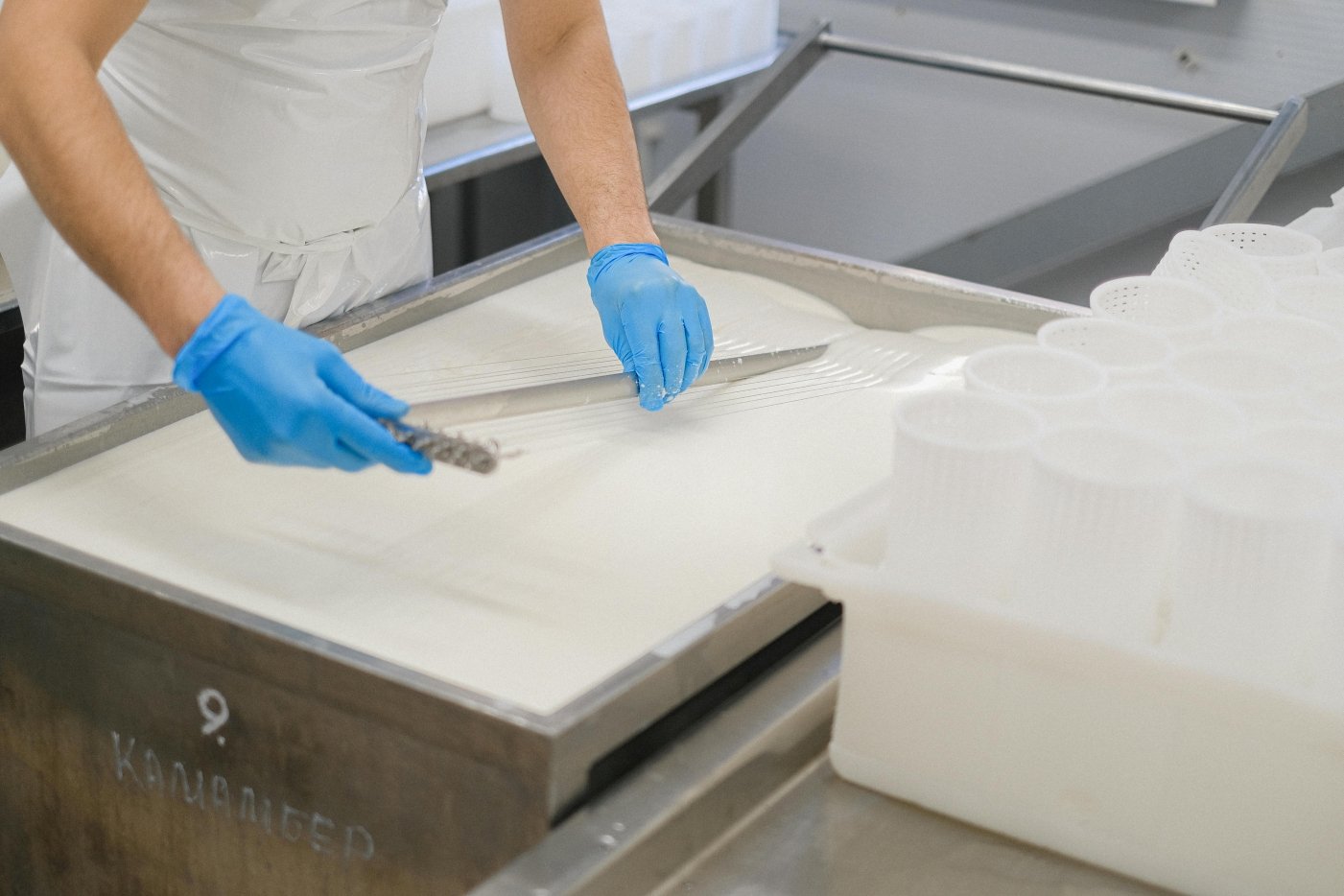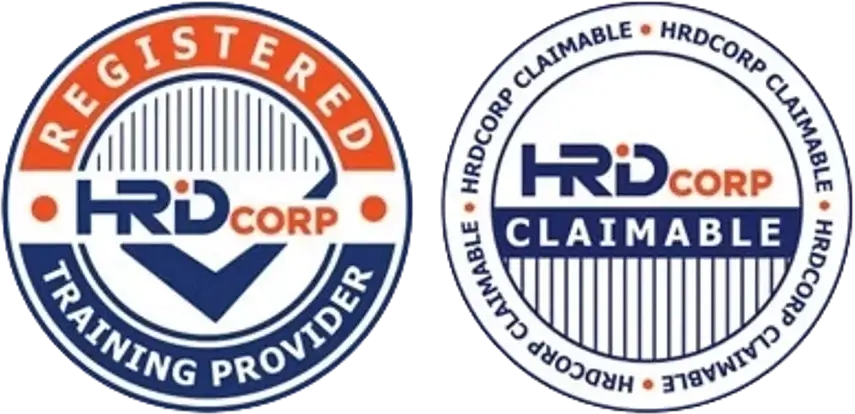Are You Managing Raw Materials According to GMP Standards?
Raw materials are the foundation of your food products — but if they’re not handled properly, they can also be the source of contamination, spoilage, or product recalls.
Good Manufacturing Practice (GMP) provides clear requirements for managing raw materials to ensure food safety, quality, and traceability.
Here’s how you can check if your raw material management complies with GMP standards.
✅ Why Raw Material Management Is Critical in GMP
-
First step in preventing biological, chemical, and physical hazards
-
Ensures quality consistency across production batches
-
Supports traceability and recall management
-
Reduces risks of cross-contamination and fraudulent ingredients
-
Essential for meeting certification requirements (e.g. HACCP, ISO 22000, FSSC 22000)
📦 GMP-Compliant Raw Material Management Checklist
🛬 1. Supplier Approval
-
Maintain a list of approved suppliers
-
Verify supplier GMP/food safety certifications (e.g., HACCP, Halal, ISO 22000)
-
Request and file Certificates of Analysis (COAs)
-
Conduct supplier performance reviews or audits
📥 2. Receiving & Inspection
-
Raw materials must be:
-
Visually inspected for contamination or damage
-
Checked for correct labeling and documentation
-
Verified for temperature control (if cold chain is required)
-
-
Use a receiving checklist and document inspection results
🧊 3. Storage & Segregation
-
Store materials in designated, clean, and dry areas
-
Use first-in, first-out (FIFO) or first-expiry-first-out (FEFO) systems
-
Keep allergen-containing materials separated and labeled clearly
-
Raw materials must be stored off the floor and away from walls
🧪 4. Sampling and Testing
-
Conduct random sampling for high-risk or sensitive materials
-
Perform tests for:
-
Moisture content
-
Microbiological safety
-
Adulterants or contaminants
-
-
Keep records of all testing and results
📄 5. Documentation & Traceability
-
Maintain records for:
-
Purchase orders
-
Batch numbers
-
Expiry dates
-
Supplier information
-
-
Ensure every batch can be traced forward and backward
-
Include raw materials in your traceability drills
🧼 6. Cleaning & Handling
-
Raw materials handling area must be:
-
Separate from processing and packaging areas
-
Equipped with clean tools and containers
-
-
Staff must use gloves, PPE, and follow hygiene protocols
-
Containers should be labeled and cleaned regularly
⚠️ Common GMP Non-Conformities in Raw Material Management
-
Receiving raw materials without inspection or documentation
-
Unlabeled or expired materials in storage
-
Inadequate segregation of allergens or rejected materials
-
Lack of COAs or traceability documents
-
Poor stock rotation practices, leading to material expiry
🚀 Tips to Improve Raw Material GMP Compliance
-
Develop a Raw Material SOP and train your team
-
Perform monthly internal audits on material handling areas
-
Set up auto-reminders for stock expiry and reordering
-
Review supplier performance annually and update approval lists
-
Label everything clearly with batch number, expiry, and status
🧩 Final Thoughts
GMP-compliant raw material management is not just about storage — it’s about ensuring food safety from the first step. Proper controls help you prevent contamination, reduce waste, and build a foundation for smooth production and regulatory compliance.
Need help setting up GMP-compliant procedures for raw materials?
Let CAYS Scientific assist you with training, SOP development, and food safety system implementation — tailored for Malaysian food manufacturers and SMEs.




